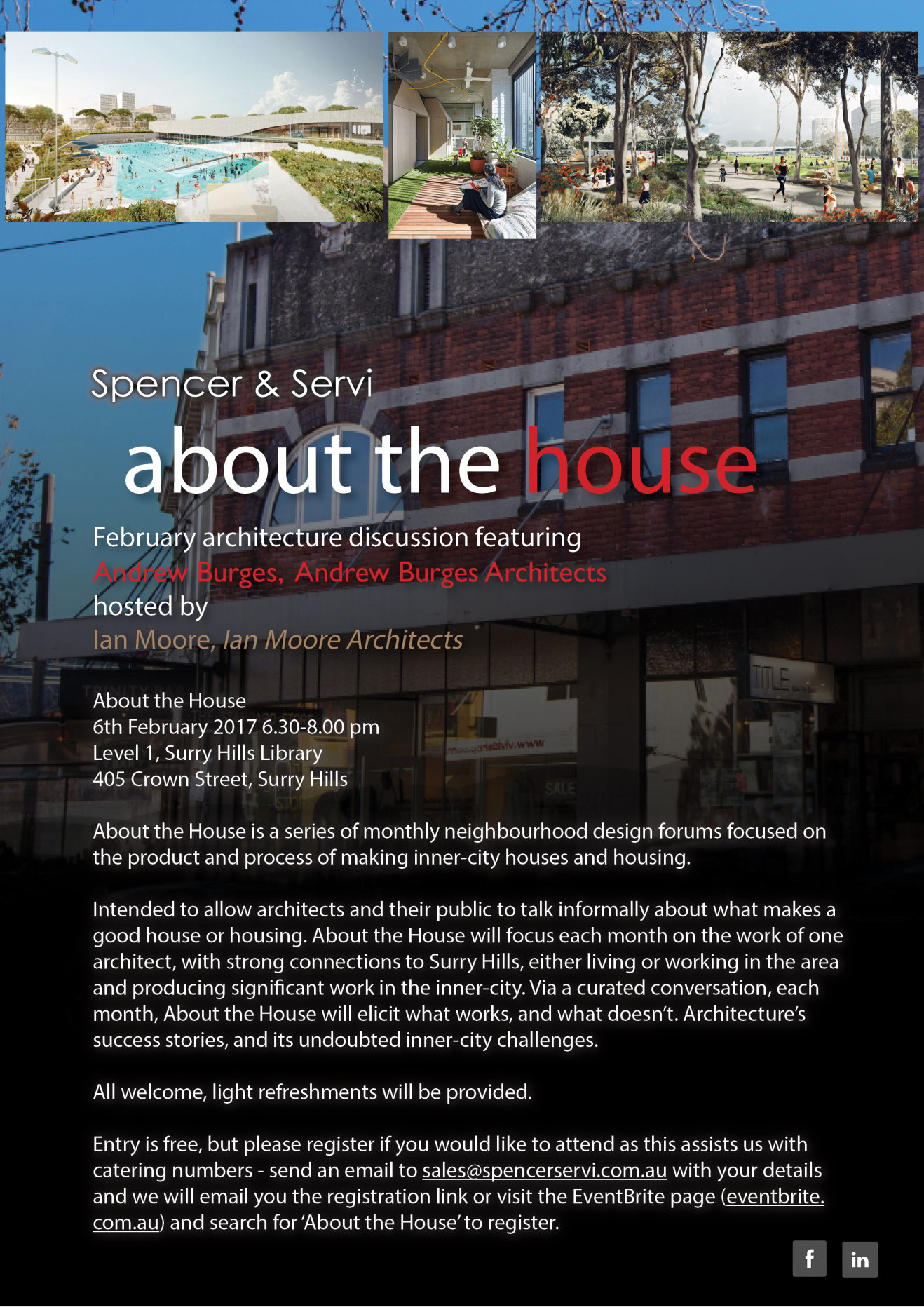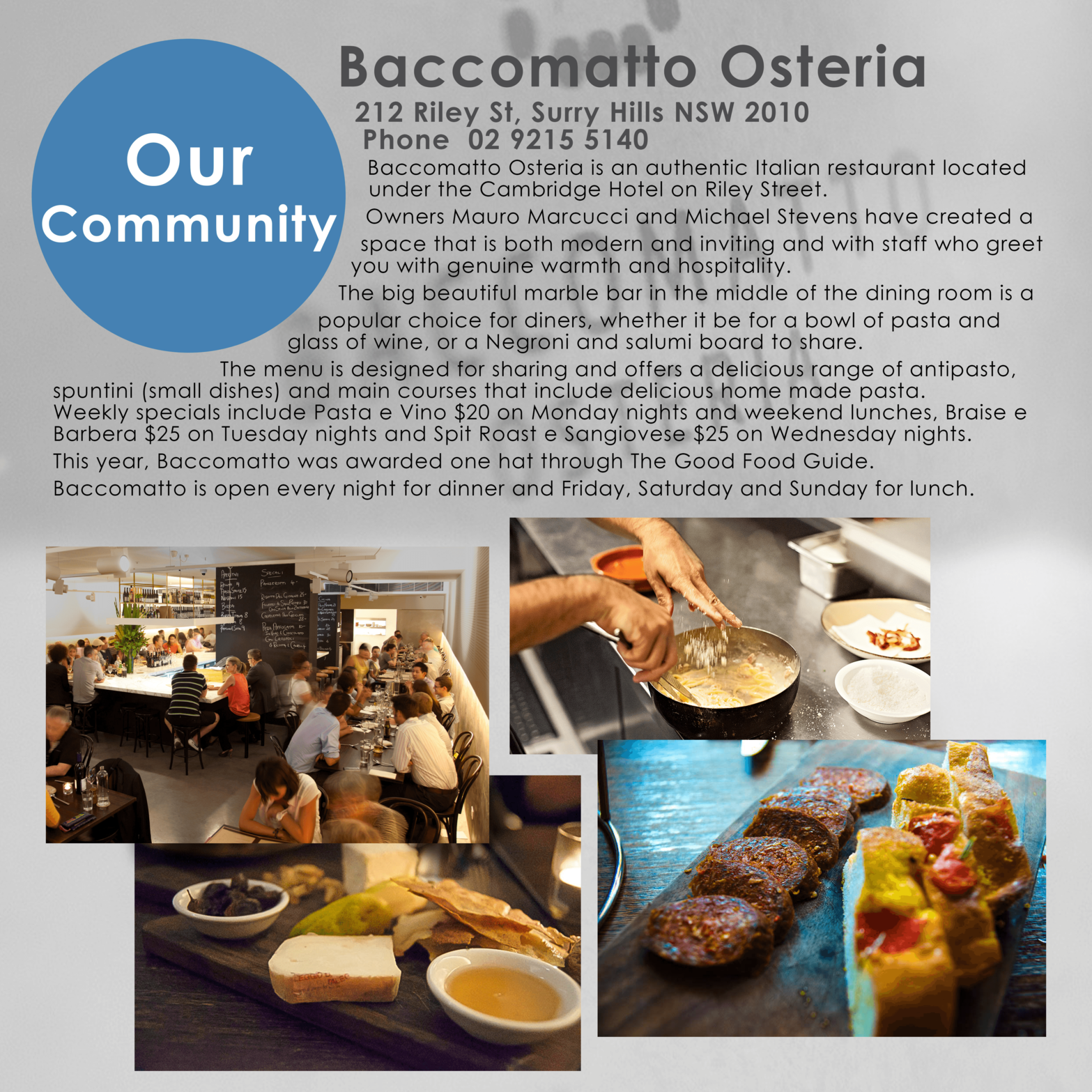INNER CITY VALUE
By David Servi
Visit inner-city districts almost anywhere in the world, and find rejuvenated, humming, vibrant life. The sheer convenience is a magnet for urban professionals, which means inner-city property is always a sound investment.
People enjoy the ease of living within walking distance of the CBD, the theatre district, the classy shops, the home of the best restaurants and wine bars. This convenience will keep the worth of the inner city properties climbing for as long as cities have hearts.
David Servi points to the wide variety of inner-city districts around the world that continue to appreciate, regardless of the political winds. “In most countries, the inner city areas have the most expensive real estate”, he says. “In London, New York, Paris, Rome: the inner city is the most sought after”.
Their value is tied to urban congestion, he points out. The more congested cities become, the longer commuters sit in traffic, the more they endure the frustration of lengthy public transport commutes, the more the value of inner city properties increases. “Until the 1960s, Surry Hills and Paddington were depressed working-class neighbourhoods,” David says. “Only in the last 50 or 60 years these areas have turned into highly sought-after locations, some of them the fastest appreciating real estate in Australia. That will continue”.After WWII, with the increasing use of cars, people were happy to move to the spacious and salubrious outer suburbs, and inner cities everywhere were abandoned. Now cars have multiplied and multiplied again, to become vast herds of all-too-often stationary metal. Sitting on a freeway for an hour or more in gridlock is no fun at all. So in the 21st century, it’s back to the centre.
In inner city London’s suburb of Brixton, once best known for the Brixton race riots of the early 80s, residential real estate is now highly prized and highly priced. Long shunned as a district too derelict and far too dangerous for residential life, the convenience of travel to the nearby heart of London (seven minutes by tube from Brixton) ensures Brixton properties now sell for substantial amounts. Buyers can this month inspect a four-bedroom terrace in Brixton’s Avodene Street selling for £1,295,000 (nearly $2.2 million).
Alphabet City, on the lower east side of New York City’s Manhattan, was best known in the 80s for the drug dealers who sold openly on most corners. Graffiti splashed the walls, abandoned cars and rubbish littered the streets. These days, the sheer convenience of Alphabet City (a brisk walk from Wall Street) has forced the drug dealers to make way for urban professionals seeking real estate on the now clean and clear streets: a one-bedroom apartment on once derelict Avenue A is currently listed for US$1.4 million (more than $1.8 million).
The sky is the limit for inner city property prices: which David says will continue to increase. Canny investors understand the worth of the inner city. “The share market is far more volatile; the real estate market is steady”, David says. “The long term value is there.”


in Latest News
Share This Post
Categories
Archived Posts
- February 2024 (1)
- January 2024 (2)
- October 2023 (2)
- September 2023 (1)
- August 2023 (3)
- July 2023 (2)
- September 2021 (1)
- August 2021 (3)
- November 2019 (1)
- October 2019 (4)
- February 2018 (1)
- January 2018 (1)
- December 2017 (3)
- November 2017 (1)
- October 2017 (2)
- September 2017 (4)
- August 2017 (4)
- July 2017 (2)
- June 2017 (1)
- May 2017 (1)
- April 2017 (1)
- March 2017 (1)
- February 2017 (1)
- January 2017 (2)
- December 2016 (2)
- November 2016 (1)
- September 2016 (1)
- July 2016 (1)
